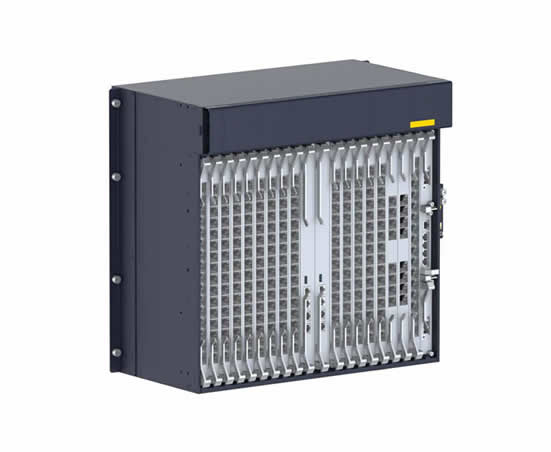The interface of OLT devices is designed to be slanted for several key reasons:
Firstly, slanted interfaces facilitate cable management. In a complex network environment, cables can easily become tangled and difficult to organize. By angling the interface, cables can be routed more cleanly and efficiently, resulting in a neater and more manageable cable layout. This not only improves the aesthetics of the installation but also makes it easier to identify and troubleshoot cable issues.
Secondly, the slanted design optimizes space utilization. OLT devices are often deployed in cabinets or racks, where space is limited. By slanting the interface, it becomes easier to fit multiple devices into a tight space without compromising access or airflow. This maximizes the utilization of available space, enabling denser and more efficient deployments.
Thirdly, the slanted design improves access and visibility. The angled interface allows technicians to more easily access and connect cables, reducing the risk of errors or damage during installation and maintenance. Additionally, the slanted angle can improve visibility, making it easier to identify specific ports or cables from a distance.
Furthermore, the slanted design also takes into account thermal considerations. OLT devices generate heat during operation, and effective thermal management is crucial for ensuring stable and reliable performance. The slanted interface can help to direct airflow and improve heat dissipation, minimizing the risk of overheating and extending the lifespan of the equipment.
Lastly, the slanted design is also a result of ergonomic considerations. The angled interface provides a more comfortable working position for technicians, reducing strain and fatigue during installation, configuration, and maintenance tasks.
In summary, the slanted design of OLT device interfaces serves to enhance cable management, optimize space utilization, improve access and visibility, enhance thermal management, and incorporate ergonomic principles. This design approach ensures efficient, reliable, and user-friendly deployments of OLT devices in network environments.



